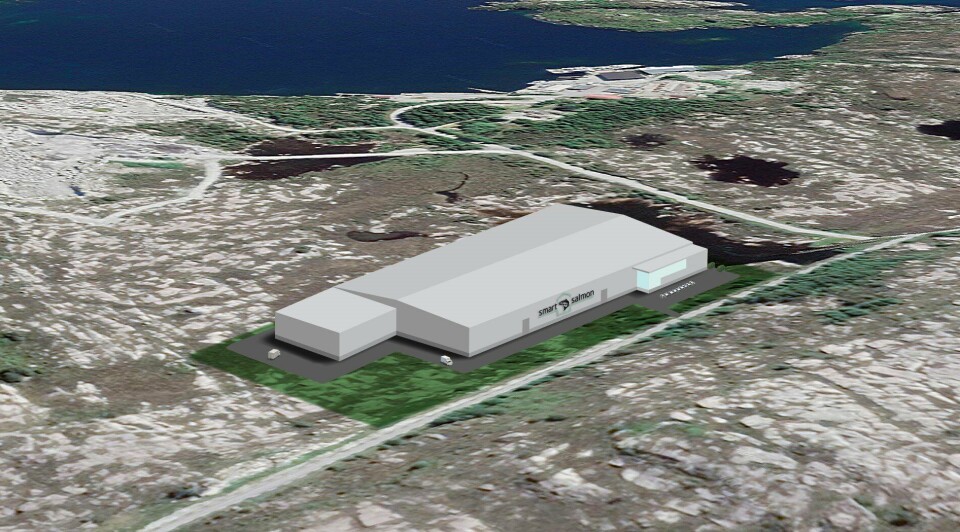
AquaMaof adds Norway RAS plant to project list
Recirculating aquaculture systems specialist AquaMaof has started work on the design of a RAS salmon plant in Norway.
Smart Salmon’s production plant to be built on the west coast of Bremanger, in the Fjordane region of Vestland.
The facility is planned to produce 2,500 tonnes of large smolt (up to 500 grams) per year in the first phase. In the second phase, the annual production will increase to 7,500 tonnes of large smolt, and Smart Salmon will take the fish up to harvest weight. Three brothers, Ole, Stig and Petter Bakke, are behind the company.
Good performance
Israel-based AquaMaof has contracts with several companies developing on-land salmon plants and recently completed the commissioning of the first phase of Grieg NL’s smolt plant and hatchery in Marystown, Newfoundland and Labrador, Canada.
“We are very proud to say that the performance of the fish so far is very good,” said Gitte Christensen, who looks after the company’s Norwegian sales. “The water parameters are kept stable, and the fish are healthy and achieve the planned growth rate.”
Christensen said the other projects that AquaMaof is currently developing in the United States, France, Japan, Germany, Russia and Chile are progressing.
“When it comes to R&D, we continue to experiment to optimise production efficiency in the plants we build, even though the basic technology process has not changed over the years,” she said.
RAS training
“Another area we will continue to focus on is service and support. We are aware that experienced RAS operators are difficult to find, so we are preparing to offer our customers a more comprehensive RAS training for their employees.”
AquaMaof believes RAS technology will play an important role in increasing salmon production and meeting the market’s demand for sustainable fish.
The company forecasts that by 2030 the capacity of RAS facilities that will have been built or under development will be around 1.5 million tonnes of salmon.
Christensen said AquaMaof was extremely proud of how its salmon has performed at its R&D facility in Poland.
Positive feedback
“Although it is an R&D plant that was originally adapted to hot water species (tilapia) but which was converted to cold water, this plant has been in operation commercially for the past 20 months, and has produced salmon of 4-5 kg every month.”
The company has produced and sold hundreds of tonnes so far, and the feedback on the taste has been very positive, said Christensen.
“The average production cycle has taken 22 to 23 months,” she added.























































